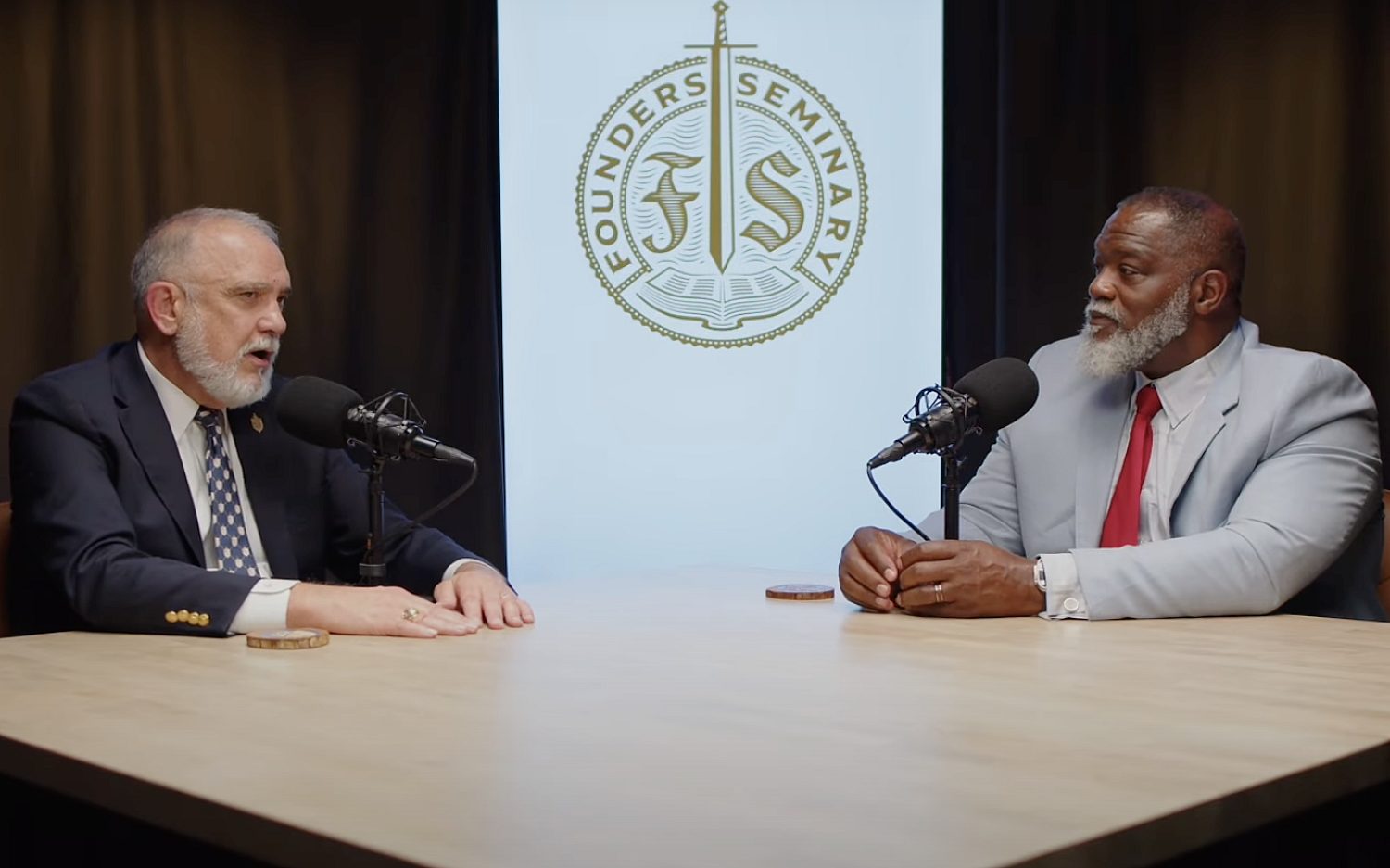Churches step into void left by receding floods
South Carolina congregations band together to help repair the damage left by historic rainfall
COLUMBIA, S.C.—“Who would have believed that He would use a flood to prepare us?” Henry Foster asked church members via email the day after volunteers walked blocks—through waterlogged streets and past overturned cars—to empty the first floor of his mud-filled home.
Chris Long stared at the dripping contents removed from his home by church families and strangers. With his wife and two boys, he had hunkered upstairs as their first floor filled with floodwater the day before.
“I have never seen such Christian love displayed in my life,” his wife Leslie told me. “Working in someone’s stinky, muddy house is akin to Jesus washing feet.”
Rain started falling on South Carolina in late September and continued for more than a week. The deluge filled streets and rivers, overtopping dams and destroying houses. Area residents joined first responders to save people trapped in their cars and homes. Flash flood alarms rang out from cell phones as a local attorney attempted to take residents to higher ground—his fishing boat’s propellers scraped the tops of submerged cars.
While the deluge continued on Oct. 5, volunteers at churches throughout the city organized to help their neighbors.
In mud boots and a back brace, Derek W.H. Thomas, senior pastor at The First Presbyterian Church of Columbia, sloshed into church pianist Jane Nevitt’s den. He and four other pastors dragged heavy, water-logged upholstery and carpet to the street so someone else could use a Shop-Vac to expel the rest of the water from the room.
In an article written for his congregation and posted by Ligonier Ministries this week, Thomas cited Psalm 124: “In the darkness of a Sunday morning, the ‘raging waters’ threatened to engulf them, and though their lives were spared, their belongings were not.”
By Monday, First Presbyterian had a relief center, phone number, and logistics plan in place. Hundreds went in teams to homes or small businesses. Many of these “emergency missionaries” witnessed to flood victims’ friends and neighbors while they donned gloves and masks to haul debris to the curb.
Youth director Brad Anderson said pastors and deacons responded quickly to spread the word about needs and deploy teams to help: “The body of Christ is investing here.”
In a gated community of million-dollar homes, a neighbor asked if the group of volunteers had come from a church.
“I absolutely can’t believe how many church people are here helping people they know and people they don’t even know,” the neighbor said.
Eighteen-year-old Keith Lowery drove from Greenville, S.C., when he heard members of his uncle’s church had been affected. “The camaraderie and friendliness of the people is awesome,” he said. “Just random people walking up and handing out food and doing whatever is just crazy.” He planned to leave a week after the flooding, but now says he will stay until he’s no longer needed.
“Historic,” “biblical,” “thousand-year” describe the natural disaster that no one in this lifetime has witnessed. Gills Creek, a normally low waterway winding behind shopping centers and through established neighborhoods in Columbia raged up to 17 feet. Forecasters say as many as 20 inches of rain fell in 24 hours.
John Glass, a local beekeeper put it in perspective: “Columbia normally sees about 40 or so inches a year. So half that falls in a day.”
The raging water picked up anything not tied down, depositing random items in strange places. Cars shot out the backs of flooded garages and piled in yards. A kayak twisted around an electrical pole. Hundreds of small fishing boats, kayaks, and canoes lay strewn behind a neighborhood fabric shop. A refrigerator sat against the walkway of a small bridge.
Ann Lonon had to drive by such sites to return to work a few days after the flood. She spent at least eight hours a day with her teenage children and church friends helping with recovery efforts. When she got back to work on Thursday, she burst into tears.
“It just didn’t seem right to be back at work doing something normal,” she said.
On her way home she stopped at Target to pick up supplies for families and noticed a woman pushing a cart, crying. She asked her if she was starting over. She was. Lonon gave her money.
The University of South Carolina, as well as other public and some private schools, closed for the week, giving students like Katie Payne a chance to pitch in with a church relief team. She said she wanted to help because she could not imagine losing everything and trying to handle it by herself.
Teenagers in youth groups made sandwiches; set up tables of fruit, snacks, and water; and then traipsed through neighborhoods with signs advertising free food. They shook hands with and hugged police and first responders. Instead of taking advantage of no-school days, they prayed with Anderson and other pastors alongside traumatized flood victims.
Dequantis Croft, mentored through Christian ministry Prosperity Project, complained at first he just wanted to play basketball, until he saw other students pushing wheelbarrows full of muddy books from a flooded building.
“It’s terrible, just terrible,” he said. “I don’t want to even think about basketball now.”
Sarah Drake, a senior at a private Christian school, said South Carolina had suffered a lot in the last few months. “But we’re coming together and I love that,” she said.
Michelle James and her teenage boys handed out water with the National Guard for hours.
“People coming through the line who didn’t have power and water just wanted a bottle of water,” she said. “‘You will go home with cases,’ I told them. Spanish-speaking residents just held up fingers to indicate number of family members. We told them all we would pray for them.”
After piling carpets and furniture in front yards, homeowners sat alongside friends and strangers to gingerly lay out thousands of family photos on tarps or garbage bags in the welcomed sunlight. This week, crews began pulling thousands of cars from garages, pools, creeks, and ponds. Volunteers with saws began to cut and haul away downed trees, while other teams shoveled mud from buildings.
Anderson led many short-term mission trips to places like Haiti and New Orleans, and learned much about meeting immediate daily needs. But he plans to speak to missionaries on the ground in those place to learn how efforts can continue in Columbia in the coming months. Churches, too, realize the damage is not over. With water downstream still rising, more dams are being breeched, additional coastal flooding is imminent, trees continue to fall, and thousands remain in shelters or with friends and families.
Unaware of its significance at the time, Thomas started a sermon series last month on Job.
“As I walk through ruined homes, there is a deep-seated reason why,” he said.
An actual newsletter worth subscribing to instead of just a collection of links. —Adam
Sign up to receive The Sift email newsletter each weekday morning for the latest headlines from WORLD’s breaking news team.




Please wait while we load the latest comments...
Comments
Please register, subscribe, or log in to comment on this article.